Pros and Cons of TN TFT Display Panels
While selecting a cell phone, monitor, or laptop, you might encounter the term "TN TFT" in the product specifications. At times, it might simply be labeled as "TFT". However, it should be noted that while TN TFT is a specific kind of TFT, the TFT technology is also present in other panel types, such as IPS LCD and PLS TFT.
TN TFT stands for Twisted Nematic Thin Film Transistor. Historically, it was a pioneering innovation, offering a sleek screen solution when bulky CRT monitors were the norm.
TN TFT is often hailed as the "fastest" panel compared to its counterparts like IPS LCD, PLS TFT, or VA. Although it's rooted in older technology, it benefits from being cost-effective to produce. Its age does not diminish its value. Monitors and laptops featuring TN TFT technology continue to be popular choices today.
Currently, TN TFT panels are integral to a variety of electronic devices, including computers, laptops, monitors, cell phones, tablets, and gaming systems. To determine if TN TFT aligns with your needs, continue reading for a comprehensive review of its advantages and disadvantages.
Pros of TN TFT Displays
All display panels have their merits, and the best choice often depends on a user's specific needs. Here, our team at Carisinyal delves into the benefits of the TN TFT display, which is often touted as ideal for gaming. Let's explore these advantages!
1. Faster Response Time
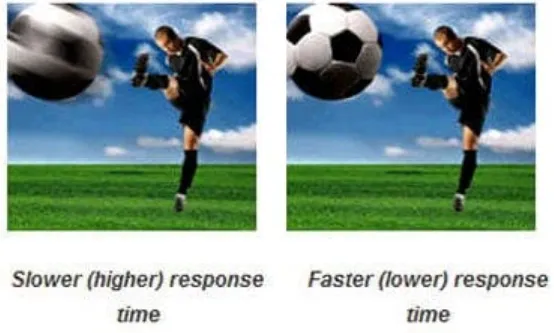
TN TFT panels boast a faster response time compared to their IPS LCD or PLS TFT counterparts, leading to enhanced image clarity.
A slow response time in a panel can result in motion blur, stemming from the pixel's delayed transition between colors. This swift response makes TN TFT panels a favorite among gamers, particularly for high-paced competitive games like CS: GO.
TN TFT panels often register response times as swift as 4 milliseconds, with some even clocking in at a mere 1 millisecond. In contrast, IPS LCD panels typically range between 1-5 milliseconds in response time.
2. Higher Refresh Rate Capabilities
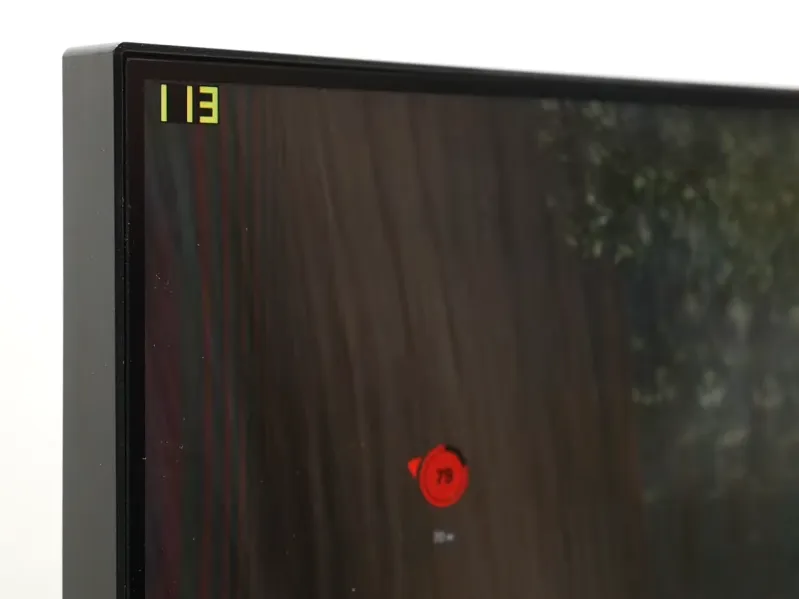
Beyond their faster response time, TN TFT panels excel in supporting higher refresh rates. The refresh rate measures the frequency at which a screen updates its content every second.
This concept is similar to the frame rate in gaming. A laptop with advanced graphics can produce a high frame rate. For instance, if a game operates at 240 FPS, it's cycling through 240 frames every second. But, if your display doesn't match this frame rate, you won't experience the fluidity that 240 FPS offers.
According to Benq.com, TN panels stand out as the sole type capable of achieving refresh rates as high as 240 Hz. This makes them especially adept for high-speed games. In comparison, many other panel types usually max out between 150 to 200 Hz.
3. Cost-Effective Production

While PLS TFT might be less expensive to produce than IPS LCD or OLED, TN TFT displays take affordability a step further. Thanks to a more straightforward manufacturing process, the production costs of TN TFT panels are reduced.
The simpler application of Twisted Nematic technology means not only lower manufacturing expenses but also a subsequent decrease in the sale price to device manufacturers.
Consequently, TN TFT becomes a go-to alternative to IPS LCD and AMOLED, particularly for entry-level devices like laptops.
4. Enhanced Power Efficiency

TN panels are notable for their power efficiency. They operate at low voltages and don't necessitate a constant flow to function.
In an era where manufacturers are leaning towards eco-friendly, low-energy electronics, TN TFT panels are increasingly favored. Moreover, these panels are an ideal choice for budget devices equipped with smaller batteries. According to OrientDisplay, TN TFT boasts a power efficiency that's 15% superior to IPS LCD.
5. Less Risk of Burn-In and Image Retention
 Source: Asurion.com
Source: Asurion.comA significant edge TN TFT panels have over OLED panels is their resistance to burn-in or image retention issues. To clarify, OLED panels produce light organically.
When OLED displays maintain static visuals over prolonged periods (e.g., HUD elements showing game stats), they can succumb to burn-in.
Burn-in manifests as a faint, persistent "shadow" on the screen, often dulling the display. While burn-in is permanent, image retention is a temporary issue that can be resolved by shifting screen content or switching off the display.
Given that TN TFT operates differently from OLED, its susceptibility to burn-in is markedly reduced. Hence, TN TFT panels tend to outlast OLED in terms of longevity.
Cons of TN TFT Displays
Before purchasing a device with a TN TFT panel, there are five essential things you should be aware of. They are as follows:
1. Poor Color Reproduction
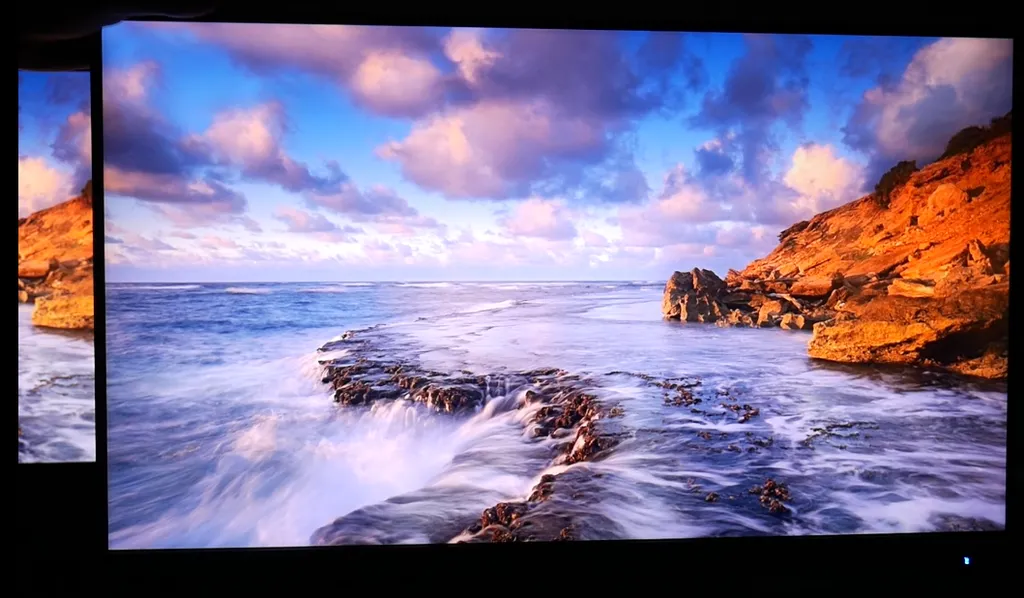
Competitive gamers often prioritize quick response times and frame rates over exceptional graphic fidelity, as these can offer a distinct edge in gameplay.
While TN TFT is adept for gaming, it falls short in color reproduction, especially when compared to IPS LCD or OLED panels. The colors on a TN TFT screen are less vibrant and not as true-to-life, making it a less-than-ideal choice for graphic design tasks.
Whereas IPS displays often support the wider DCI-P3 color gamut, TN TFT panels are typically limited to the standard RGB color spectrum.
2. Restricted Viewing Angles
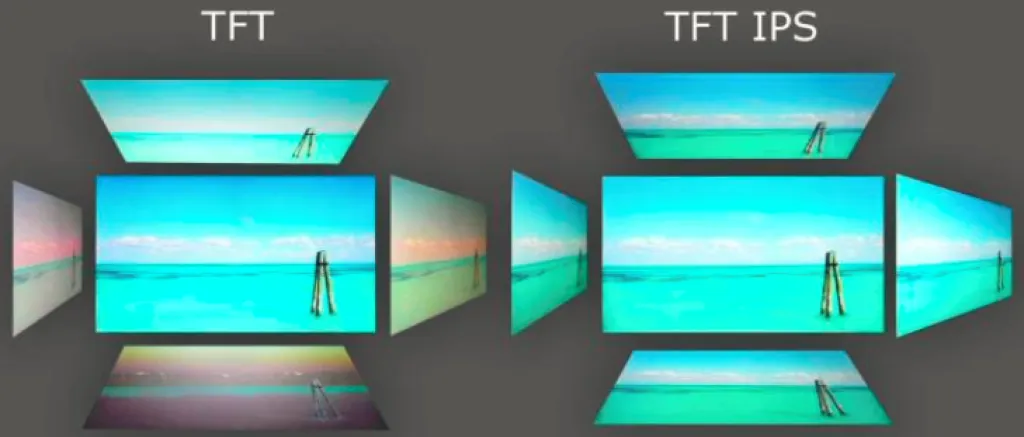
TN TFT panels are notably constrained by their limited viewing angles, especially when compared to IPS LCDs. This means that for optimal visuals, you need to be directly in front of the screen. Viewing from the side or at a slant can result in colors appearing washed out or darkened.
As a result, laptops equipped with TN TFT displays might not be the best choice for professional or academic settings. Collaborative tasks, where multiple people need to view the screen simultaneously, can be challenging due to these limited viewing angles.
While this might not pose a significant issue for individuals using their screens exclusively for gaming, it becomes a challenge for larger TN TFT panels when viewed up close.
Also, TN TFT displays aren't ideal for games that utilize split-screen or local multiplayer features. When multiple players need a clear view of the same screen, expansive viewing angles are crucial to ensure every player experiences accurate color and image quality.
3. Divers Quality Levels

The quality of TN TFT panels can vary considerably. There's a notable disparity in performance and appearance from one TN TFT display to another. Lower-end TN TFT panels will exhibit more pronounced limitations, including suboptimal viewing angles and compromised color accuracy.
On the older feature phones employing TN TFT displays, even a slight shift in viewing angle can lead to a dramatic alteration in color. This inconsistency in quality makes it challenging for consumers to establish a standard expectation for TN TFT panels.
4. Prone to Dead Pixels
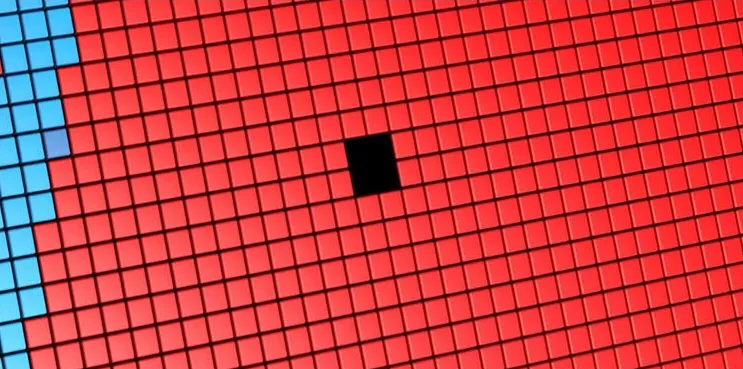
Dead pixels refer to spots on the screen that fail to display correctly. Depending on the pixel density per inch, dead pixels on TN TFT displays may be tiny and often not overly disruptive to the general viewing experience.
However, for gamers who prioritize perfection, even a few dead pixels can become a significant annoyance, especially if they appear in key areas of the screen, such as the center.
5. Limited Contrast Ratio
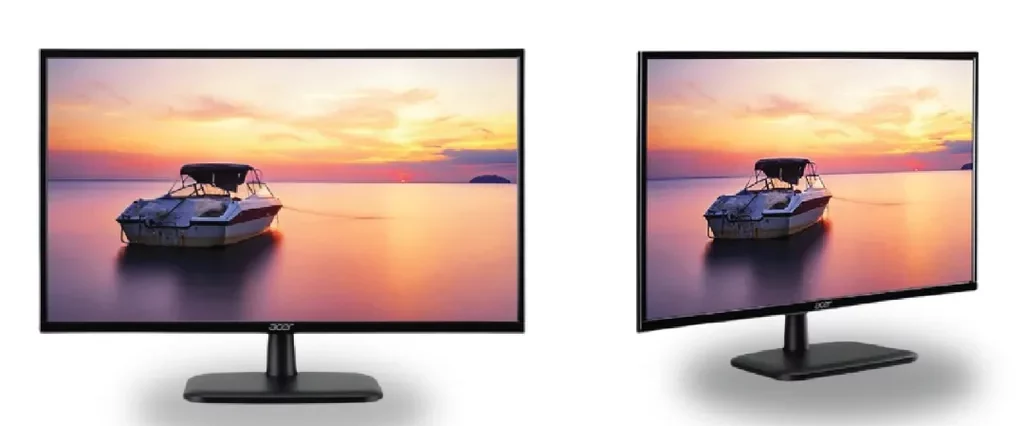
TN TFT panels lag behind when compared to IPS LCD in terms of contrast ratio. While it's true that both IPS LCD and PLS TFT panels tend to have a lower contrast ratio than OLEDs, due to their dependence on LED backlights for illumination, TN TFT panels rank the lowest among them.
As cited by RTINGS.com, the contrast ratio for TN TFT ranges between 600:1 to 1200:1. This is in stark contrast to IPS LCDs, which can range from 700:1 to 1500:1.
Conclusions
So, where does the TN TFT panel truly shine? For dedicated gamers or professionals seeking every edge to secure a victory, a TN TFT panel can be an excellent choice. With its impressive response time, often dipping below 1 millisecond, it ensures smooth and blur-free motion.
Yet, its limitations in color fidelity mean it's not the ideal choice for graphic design tasks. Moreover, the restrictive viewing angles can hinder group movie sessions or shared viewing experiences with friends or loved ones.
